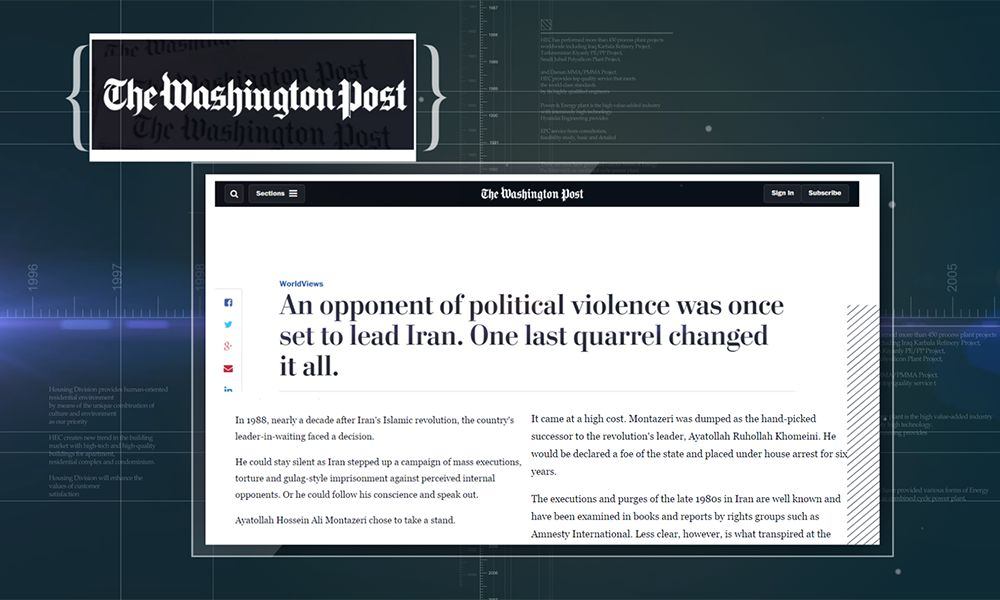An opponent of political violence was once set to lead Iran. One last quarrel changed it all.

He could stay silent as Iran stepped up a campaign of mass executions, torture and gulag-style imprisonment against perceived internal opponents. Or he could follow his conscience and speak out.
Ayatollah Hossein Ali Montazeri chose to take a stand.
It came at a high cost. Montazeri was dumped as the hand-picked successor to the revolution’s leader, Ayatollah Ruhollah Khomeini. He would be declared a foe of the state and placed under house arrest for six years.
The executions and purges of the late 1980s in Iran are well known and have been examined in books and reports by rights groups such as Amnesty International. Less clear, however, is what transpired at the highest reaches of power during a pivotal period for Iran and, by extension, for the wider region and Tehran’s relations with the West.
An audio file that surfaced this week — posted on a website maintained by supporters of Montazeri, who died in 2009 — purports to offer a new glimpse into his last, desperate attempt to limit the killings and roundups…
A full accounting of what’s called the “death commission” created by Khomeini has yet to be carried out. But thousands died — by hanging or firing squad or in places such as Tehran’s Evin prison. According to an Amnesty report in 1990, “Thousands of people were executed between 1987 and 1990 including more than 2,000 political prisoners between July 1988 and January 1989.” The MEK and other groups place the overall death toll much higher.
“In my opinion, the greatest crime committed during the Islamic Republic, for which history will condemn us, has been committed by you,” Montazeri is recorded as saying on the July 1988 tape to a group of senior judicial and intelligence figures, including a domestic spymaster, Mostafa Pourmohammadi, who now serves as justice minister in the government of President Hassan Rouhani…
A translation of the 40-minute recording was provided by an opposition group, the National Council of Resistance of Iran, which has offices in Washington and other cities. Similar translations were made by various outlets, including the BBC’s Persian Service….
Maryam Rajavi, head of the National Council of Resistance of Iran opposition group, urged international prosecutors to use the tape as further evidence that can be used to press charges for the political slayings of the late 1980s. She noted that some of the officials who helped carry out the purges — such as Pourmohammadi and the others who met with Montazeri — “have, from the beginning of this regime to the present day, held posts at the highest levels of the judicial, political and intelligence apparatuses.”
Khomeini died in June 1989, less than a year after the claimed date of the recording, and was succeeded by a lower-ranking cleric, Ayatollah Ali Khamenei. Some detractors say Khamenei was selected as a low-risk leader who would not challenge the powers of the theocracy or its powerful backers such as the Revolutionary Guard Corps.
“Killing is the wrong way to resist against a thought, an idea,” Montazeri said in the 1988 meeting, referring to those opposing the Iranian leadership at the time. “They have one thought, one idea. Responding to a process, a logic — even a faulty logic — with killing will solve nothing. It will make it worse.”
“We will not be in power forever,” he continued. “In the future, history will judge us.”
- Tags: Iran

